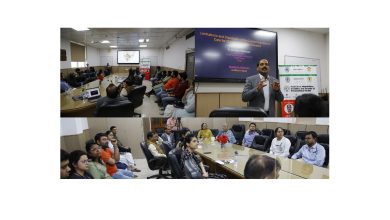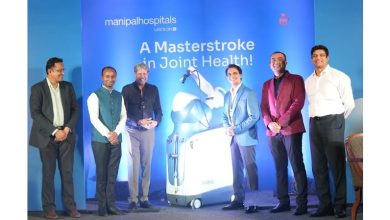OSIC launches global data repository for ILDs

The first-of-its-kind database is the world’s largest and most diverse, with a plethora of real-world clinical and imaging data that is both multi-ethnic and multi-centre
The Open Source Imaging Consortium (OSIC) announced the launch of its global, data-rich repository of anonymised HRCT scans and clinical information regarding interstitial lung diseases (ILDs). This first-of-its-kind database is the world’s largest and most diverse, with a plethora of real-world clinical and imaging data that is both multi-ethnic and multi-centre. The OSIC Data Repository currently houses close to 1,500 anonymised and quality-controlled scans with accompanying data and has an additional 5,000 in the quality control queue. It is on track to reach its goal of 15,000 anonymised scans, available to OSIC members, by the first quarter of 2022.
OSIC – a global, 501(c)(3), not-for-profit cooperative effort between academia, industry and patient advocacy groups – was created to enable rapid, open-source advances in the fight against idiopathic pulmonary fibrosis (IPF), fibrosing ILDs, and other respiratory diseases, including emphysematous conditions. Radiologists, clinicians, computational scientists, and industry competitors from around the world collaborated for almost three years on the development of the database itself, and are working together to advance digital imaging biomarkers for accurate imaging-based diagnosis, prognosis and prediction of response to therapy. Any OSIC-created algorithms will be made open source for the benefit of patients everywhere.
“Building the OSIC repository has been a collaboration in its truest sense, with people from different disciplines, organisations, and countries all coming together on behalf of patients everywhere. This ability to collect and organise anonymised imaging and clinical data from across the world in the future of clinical science,” said Dr Kevin Brown, National Jewish Health & OSIC pulmonology lead. “We’ve seen efforts like this in common diseases, but nothing truly like it for rare diseases. As the OSIC database grows and we continuously learn from it, a real and substantial improvement in our ability to diagnose early, to predict outcomes, and to measure responses to therapy will be the result.”
“In recent years, we have seen rapid developments in advanced medical imaging analysis, but a major obstacle to harnessing this technology used to study pulmonary fibrosis is the lack of large diverse imaging repositories needed for computer training,” said Dr Simon Walsh, National Heart and Lung Institute, Imperial College London & OSIC radiology lead.
“OSIC addresses this unmet need by providing researchers with the data needed to develop AI-based applications for improving patient care and facilitating precision medicine. Being able to reliably predict how pulmonary fibrosis will progress in an individual patient would allow doctors to initiate appropriate treatment at the earliest opportunity and slow disease progression. It remains one of the most urgent challenges for effective management for patients with fibrotic lung disease.”




